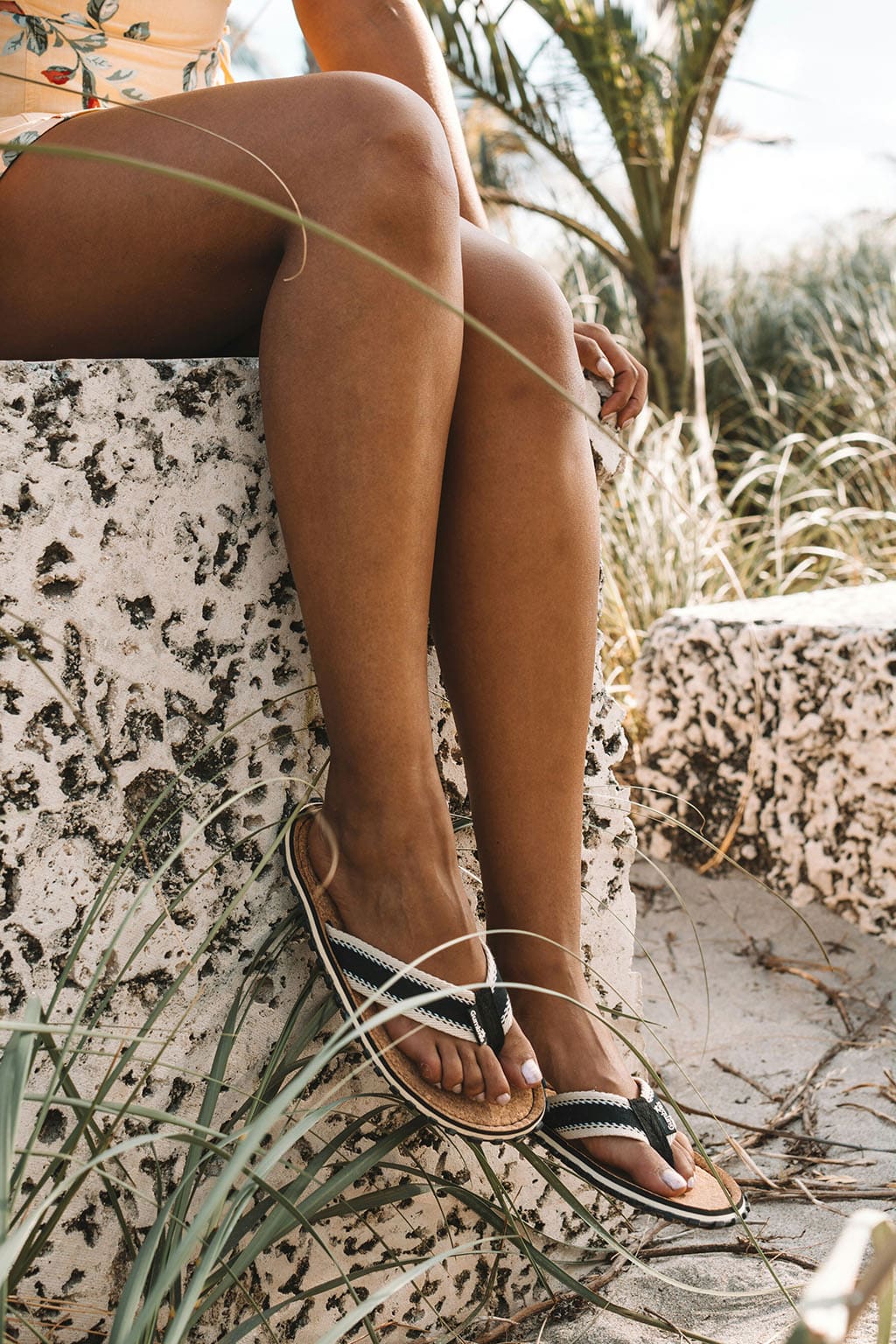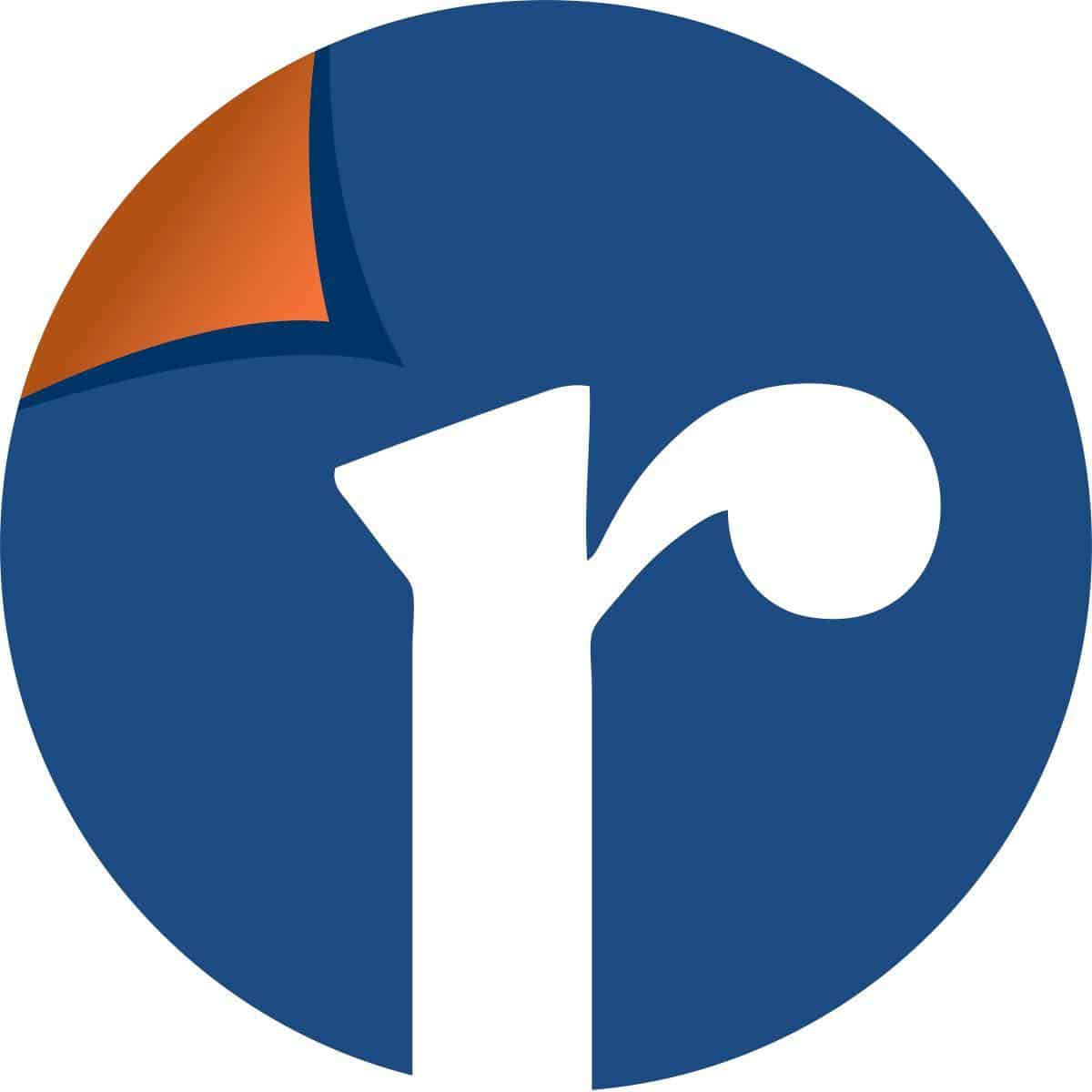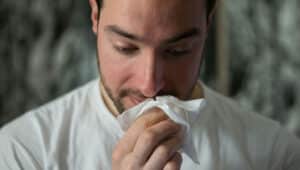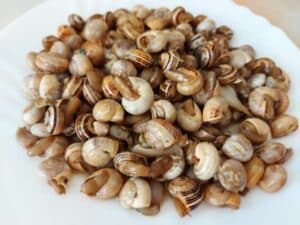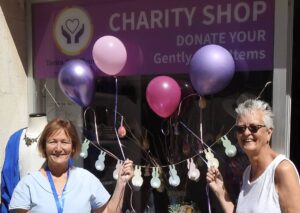With the arrival of summer and the heat, it is even more important to protect your legs.
Caring for the arteriovenous circulation of the lower limbs should be a daily routine. However, with the arrival of heat, the alert should be even greater.
Today, we are going to talk to you about varicose veins and their care.
Varicose veins are surface veins on the lower limbs that are damaged and gradually become progressively dilated, enlarged, and twisted. The dysfunction of this disease occurs in the valves and in the walls of the veins, jeopardizing the return of blood flow in the upper direction.
Varicose veins are largely hereditary; however, there are other precipitant factors. In women, pregnancy and taking contraceptives may cause varicose veins. In the general population, remaining in a standing or sitting position for long periods of time may also cause varicose veins.
A usual complaint is pain in the lower limbs associated with a feeling of heaviness and fatigue, which worsens in hot weather or when standing for long periods of time. In women, these symptoms tend to get worse in the premenstrual period and during pregnancy. There are also other associated complaints such as itching, tingling, heat, cramps, and edema (swelling) of the ankles and legs, especially at the end of the day. These symptoms are proportional to the severity and size of the varicose veins.
Prevention of this disease is crucial not only in preventing its appearance but also its progression:
- Remaining in a standing or sitting position for long periods of time or sitting cross-legged should be avoided. When it is necessary to remain seated or standing for long periods, it is important to change position and take small walks.
- Practising regular exercise causes muscle contraction and promotes return blood flow, especially gymnastics, swimming, cycling,and dancing. Sports that demand sudden movements should be avoided, e.g., basketball and tennis, as they cause pressure variations in the veins, leading to dilation and decreased return blood flow.
- Hot places should also be avoided as they cause the veins to dilate. On the other hand, cold water baths provide pain relief and a decrease in the heavy leg sensation.
- Constipation and excessive weight gain increase venous blood pressure and should be avoided.
- Very tight clothing causes compression of the veins and hampers circulation.Shoes with very high heels or flat shoes have the same effect. Shoes with 3-4 cm heels are advised.
- Sleeping with the legs raised about 10 to 15cm provides relief, as well as performing leg movements before falling asleep.
- Massaging legs with movements from bottom-up may relieve symptoms.
Minimally invasive techniques have provided very good results, including thermal radiofrequency ablation or laser and sclerotherapy.
At the Vascular Surgery Unit of the Hospital Particular do Algarve, radiofrequency has been widely used. It consists of the introduction of a catheter with an electrode that discharges a radiofrequency current onto the wall of the vein, resulting in its ablation. Due to the safety and efficiency of this technique, it has progressively gained an advantage over other techniques. In addition, as it is a minimally invasive procedure performed under local anaesthesia, it results in easier post-operative recovery, less pain, less bruising, and fewer complications.
Varicose veins are not only a cosmetic problem but also a health problem, a chronic problem, and almost always with a tendency to worsen.
Article submitted by the HPA Group

